Exploring the Richness of Chinese Traditional Cuisine: An English Introduction
Chinese traditional cuisine, with its rich history and diverse flavors, is a treasure trove of culinary delights that has captivated the world. From the delicate dim sum of the south to the hearty dumplings of the north, each dish tells a story of cultural heritage and regional identity. This article aims to provide an English introduction to some of the most iconic and beloved Chinese traditional foods, offering a glimpse into the culinary artistry that has been perfected over centuries.
1. Dim Sum: The Art of Small Bites
Dim sum, which translates to "touch the heart," is a Cantonese tradition that has become synonymous with Chinese cuisine worldwide. These small, bite-sized portions of food are typically served in bamboo steamers and are enjoyed during breakfast or lunch. Popular dim sum dishes include har gow (shrimp dumplings), siu mai (pork and shrimp dumplings), and char siu bao (barbecue pork buns). The intricate preparation and presentation of dim sum reflect the meticulous attention to detail that is a hallmark of Chinese culinary arts.
2. Peking Duck: A Royal Delicacy
Peking duck, a dish that originated in Beijing, is renowned for its crispy skin and succulent meat. The duck is traditionally roasted in a closed oven, which gives it a unique flavor and texture. The dish is often served with thin pancakes, hoisin sauce, and scallions, allowing diners to create their own wraps. Peking duck is not only a culinary masterpiece but also a symbol of Chinese hospitality and grandeur.
3. Hot Pot: A Communal Feast
Hot pot, or "huo guo" in Chinese, is a communal dining experience that brings people together around a simmering pot of broth. Diners cook a variety of ingredients, such as thinly sliced meats, seafood, vegetables, and noodles, in the broth at the table. The beauty of hot pot lies in its versatility, as the broth can be customized with different spices and flavors to suit individual tastes. This interactive and social dining experience is a beloved tradition in many parts of China.
4. Dumplings: A Symbol of Prosperity
Dumplings, or "jiaozi," are a staple of Chinese cuisine, particularly during the Lunar New Year. These small parcels of dough are filled with a mixture of meat, vegetables, and seasonings, and are typically boiled, steamed, or pan-fried. The shape of dumplings, which resembles ancient Chinese currency, is believed to bring wealth and prosperity. Making dumplings is often a family activity, symbolizing unity and togetherness.
5. Mooncakes: A Festival Treat
Mooncakes are a traditional Chinese pastry that is closely associated with the Mid-Autumn Festival. These round, dense cakes are filled with sweet or savory fillings, such as lotus seed paste, red bean paste, or salted egg yolk. The round shape of mooncakes symbolizes completeness and reunion, making them a fitting treat for a festival that celebrates family and togetherness. Mooncakes are often intricately designed with patterns and characters that convey good wishes.
6. Zongzi: A Dragon Boat Festival Staple
Zongzi, also known as rice dumplings, are a traditional food eaten during the Dragon Boat Festival. These pyramid-shaped parcels are made by wrapping glutinous rice and various fillings, such as pork, beans, or nuts, in bamboo leaves. The leaves impart a unique aroma to the rice, and the process of making zongzi is often a communal activity that strengthens family bonds. The Dragon Boat Festival, which commemorates the ancient poet Qu Yuan, is a time for racing dragon boats and enjoying zongzi.
7. Noodles: A Staple of Chinese Cuisine
Noodles are a fundamental component of Chinese cuisine, with countless regional variations. From the hand-pulled noodles of Lanzhou to the knife-cut noodles of Shanxi, each style has its own unique texture and flavor. Noodles are often served in soups, stir-fried, or cold with various sauces and toppings. In Chinese culture, noodles symbolize longevity, and they are often served at birthdays and other celebratory occasions.
8. Tea: The Essence of Chinese Culture
No discussion of Chinese traditional cuisine would be complete without mentioning tea. Tea is not just a beverage in China; it is an integral part of the culture and daily life. Chinese tea culture encompasses a wide range of teas, including green tea, black tea, oolong tea, and pu-erh tea. The art of tea brewing, known as "gongfu cha," involves precise techniques and rituals that enhance the flavor and aroma of the tea. Tea is often served with meals, as a gesture of hospitality, or as a way to relax and reflect.
Conclusion
Chinese traditional cuisine is a reflection of the country's rich history, diverse geography, and deep cultural values. Each dish, from the delicate dim sum to the hearty hot pot, tells a story of tradition, innovation, and community. As the world becomes increasingly interconnected, the appreciation for Chinese cuisine continues to grow, offering a delicious way to explore and understand the essence of Chinese culture. Whether you are a seasoned foodie or a curious newcomer, the world of Chinese traditional cuisine is a journey worth embarking on.




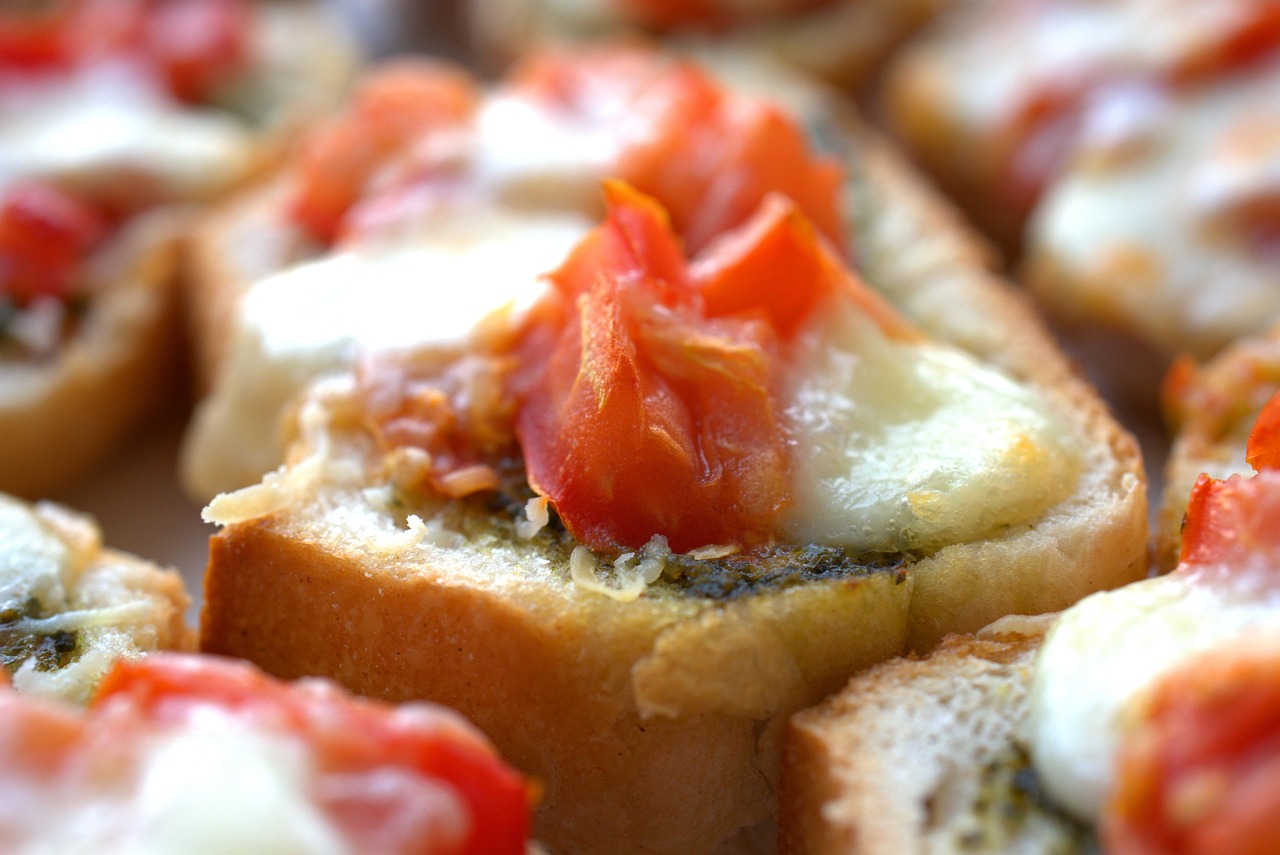
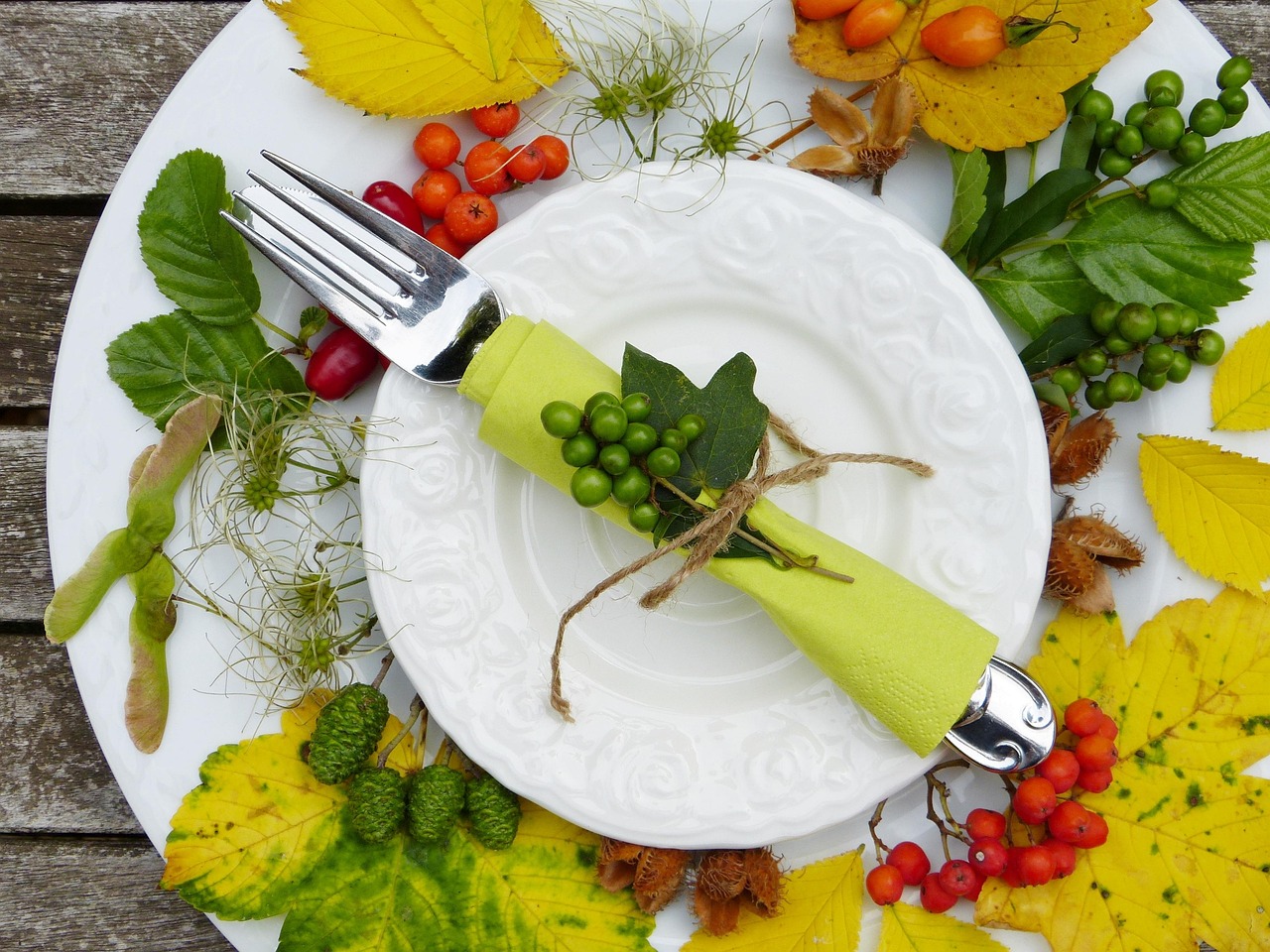
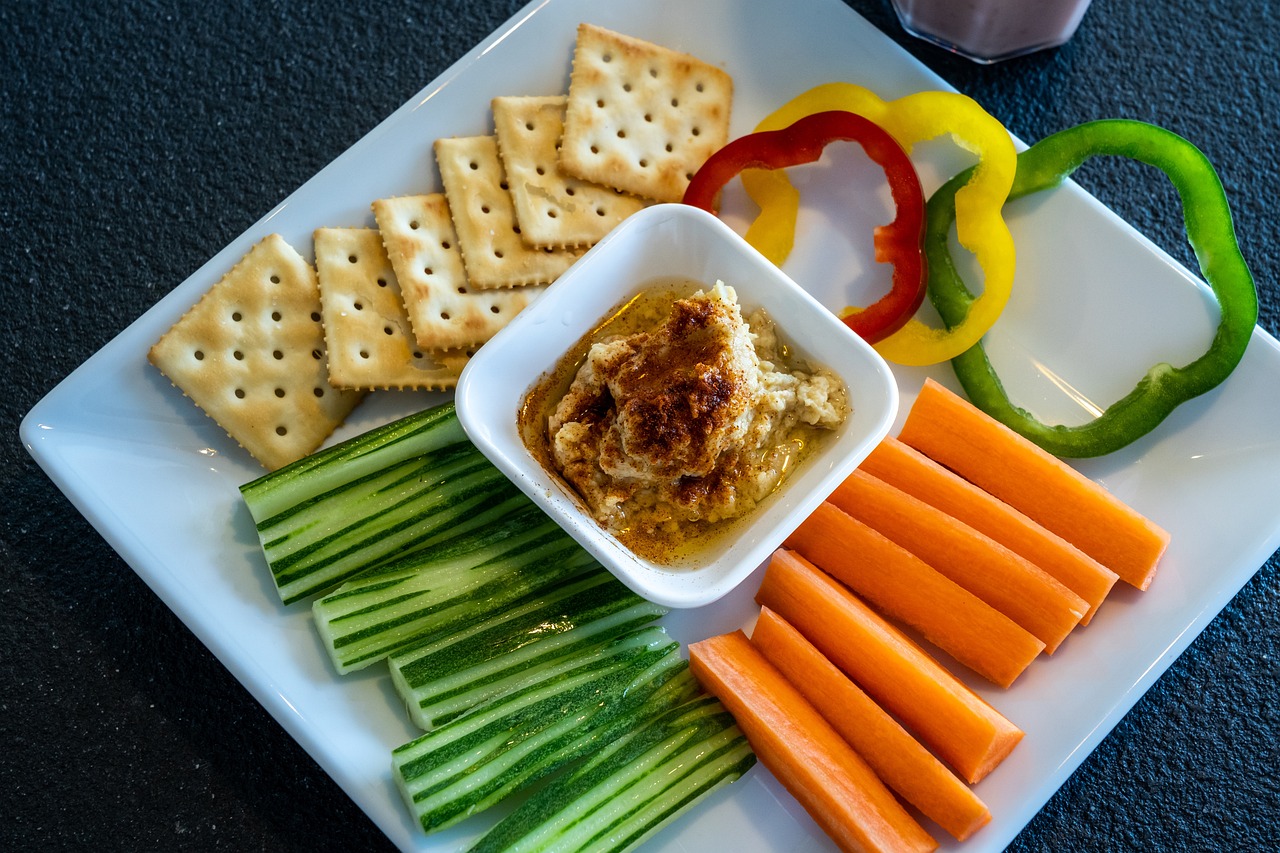

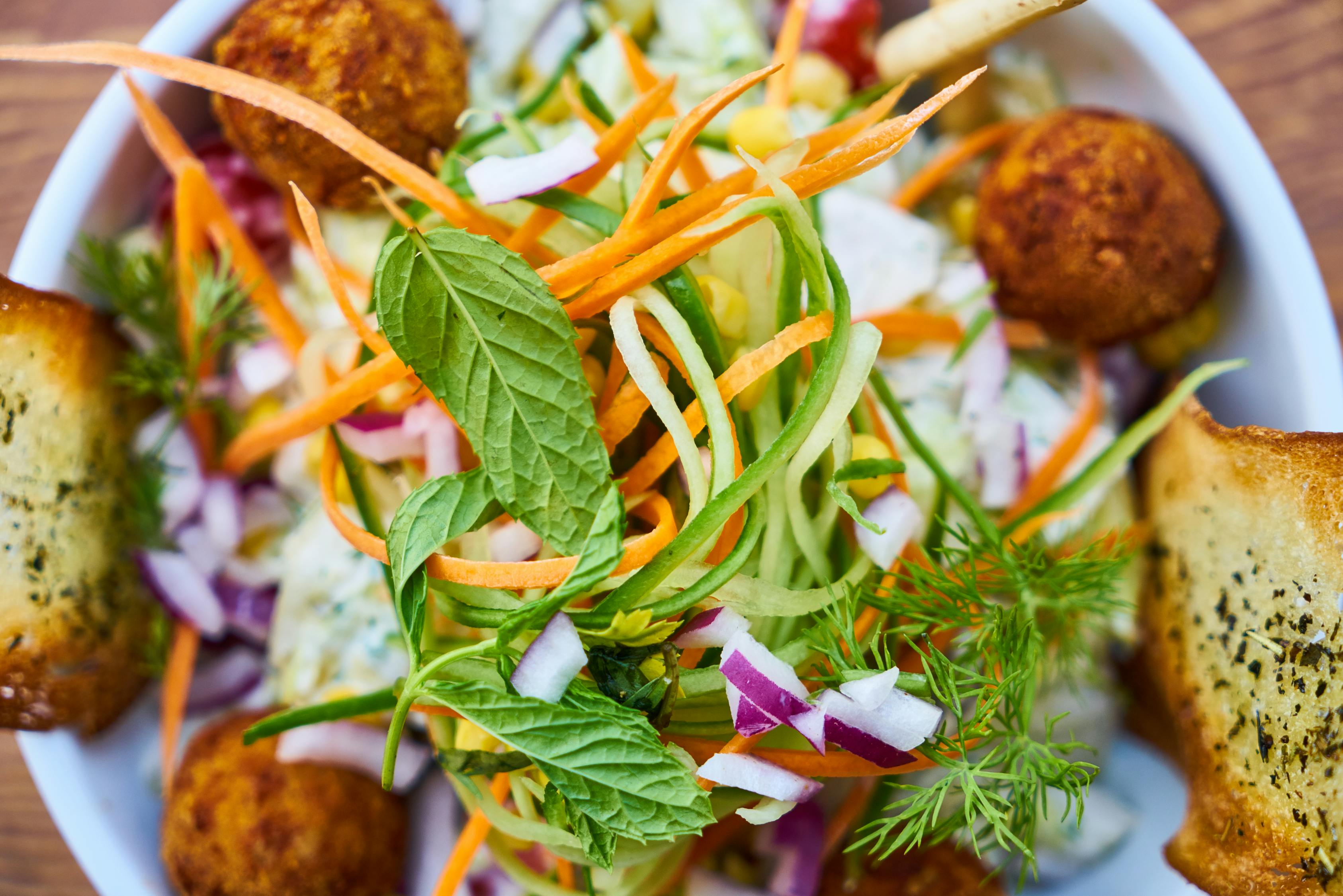


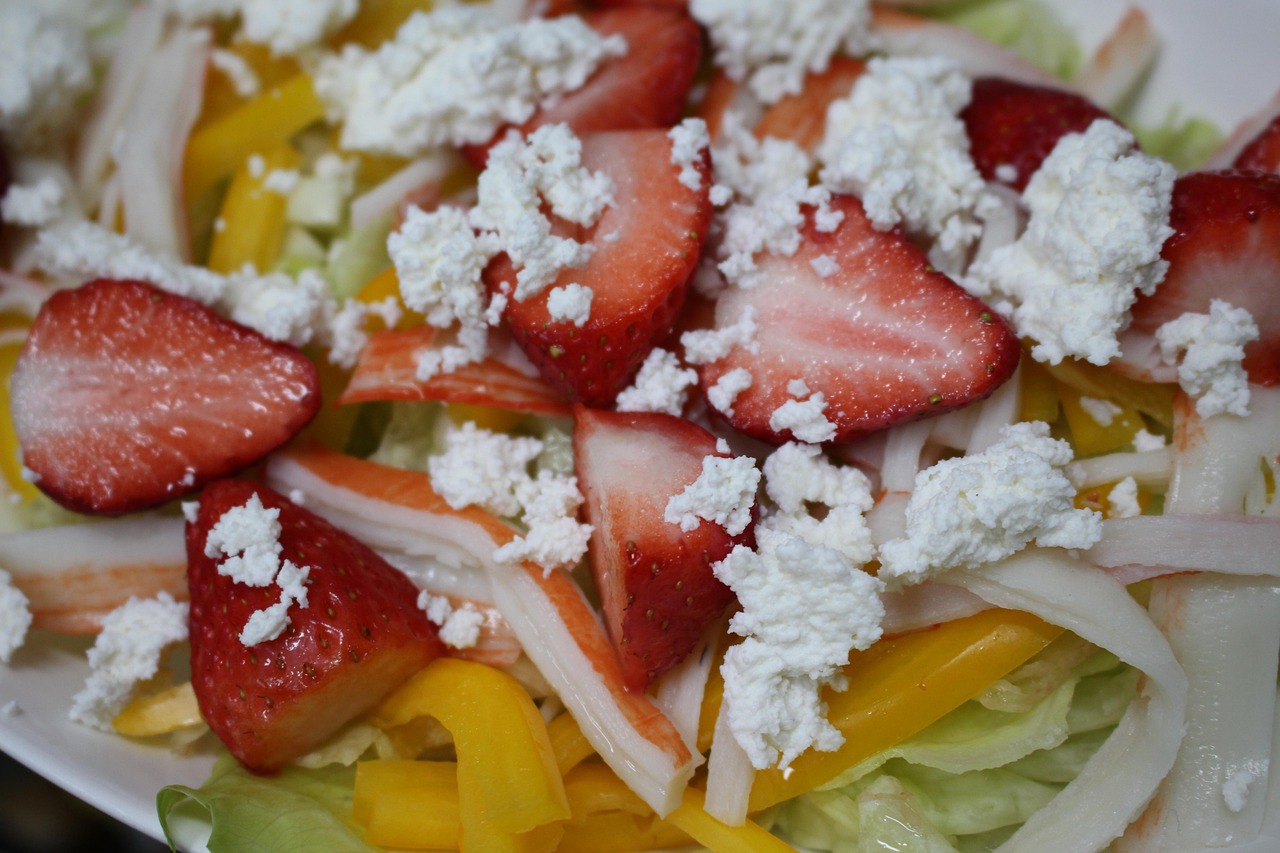
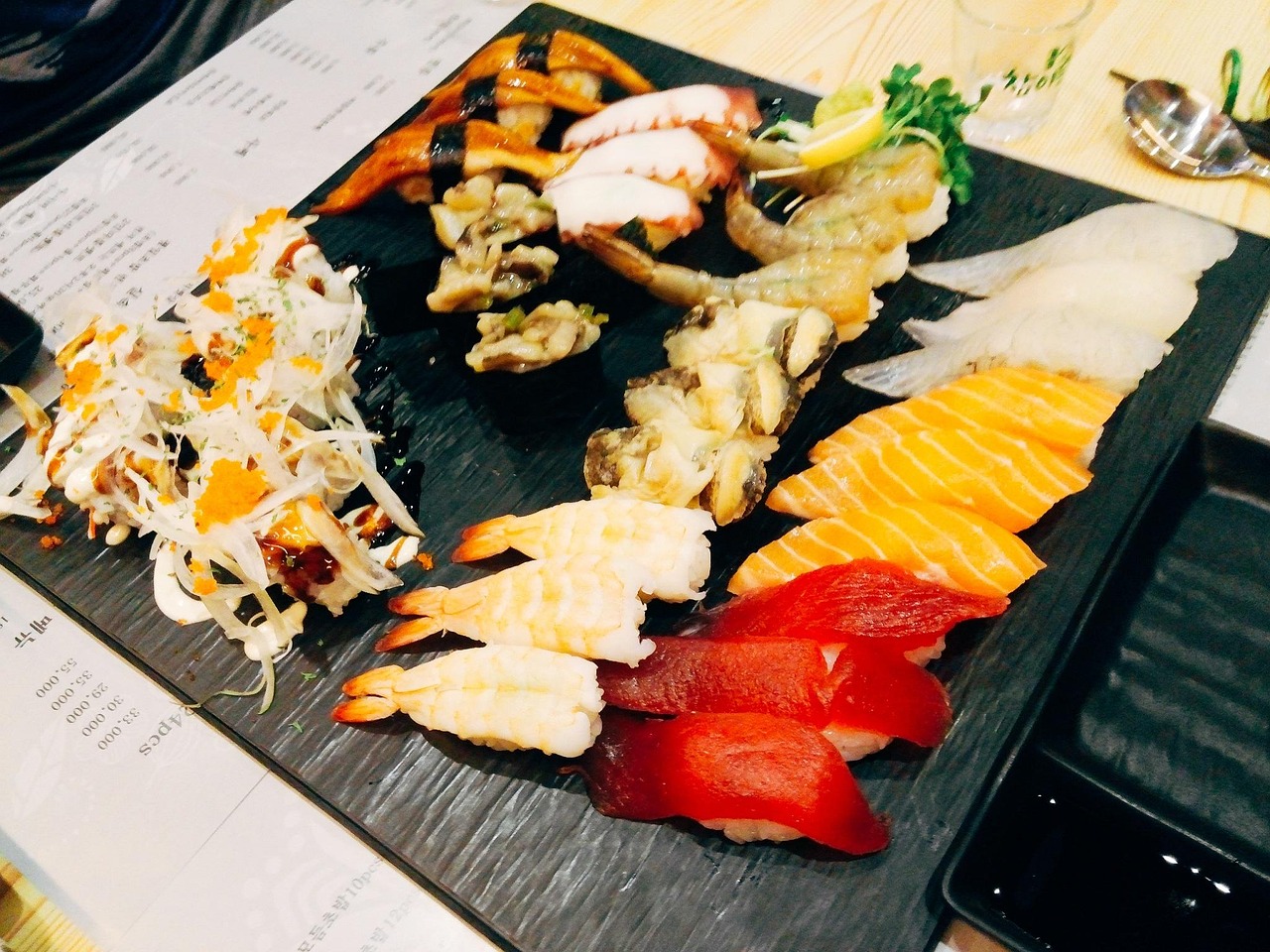
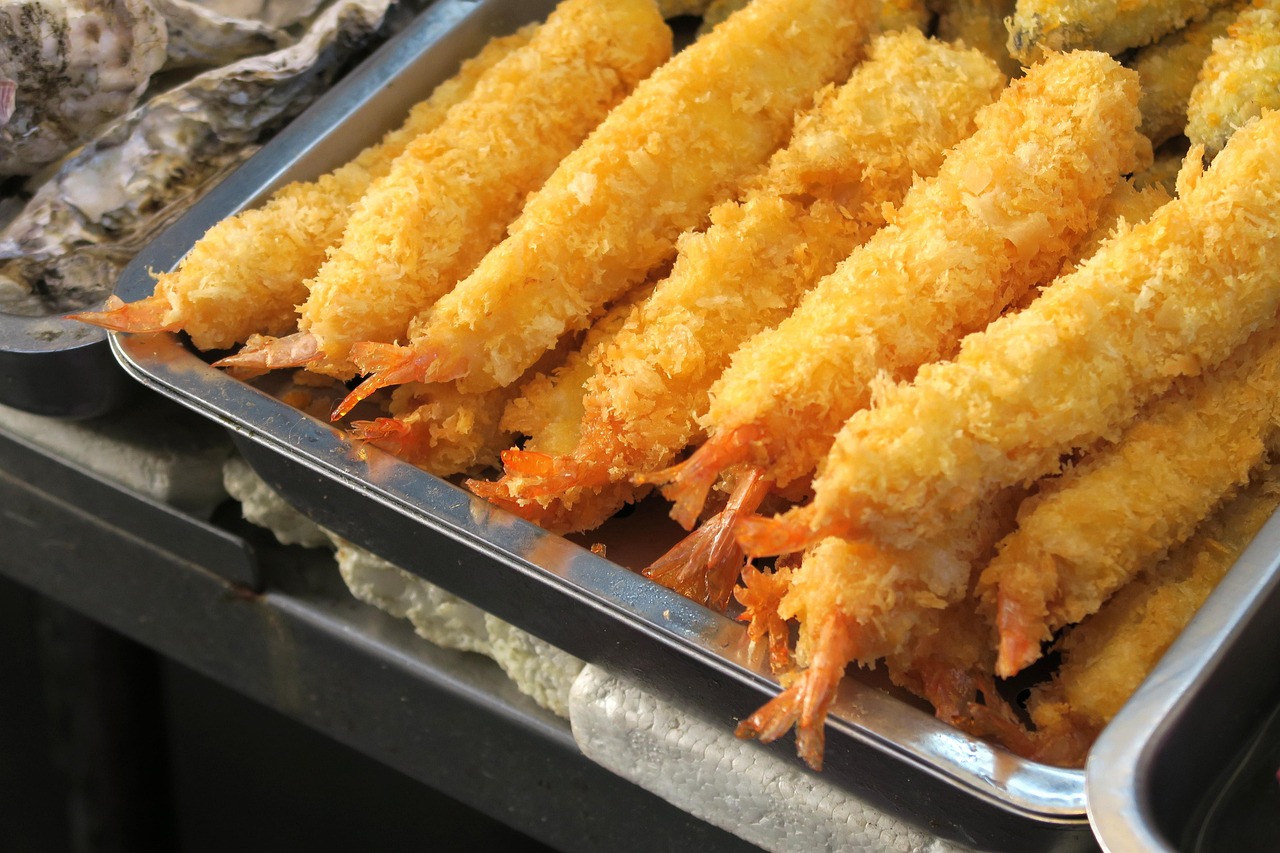
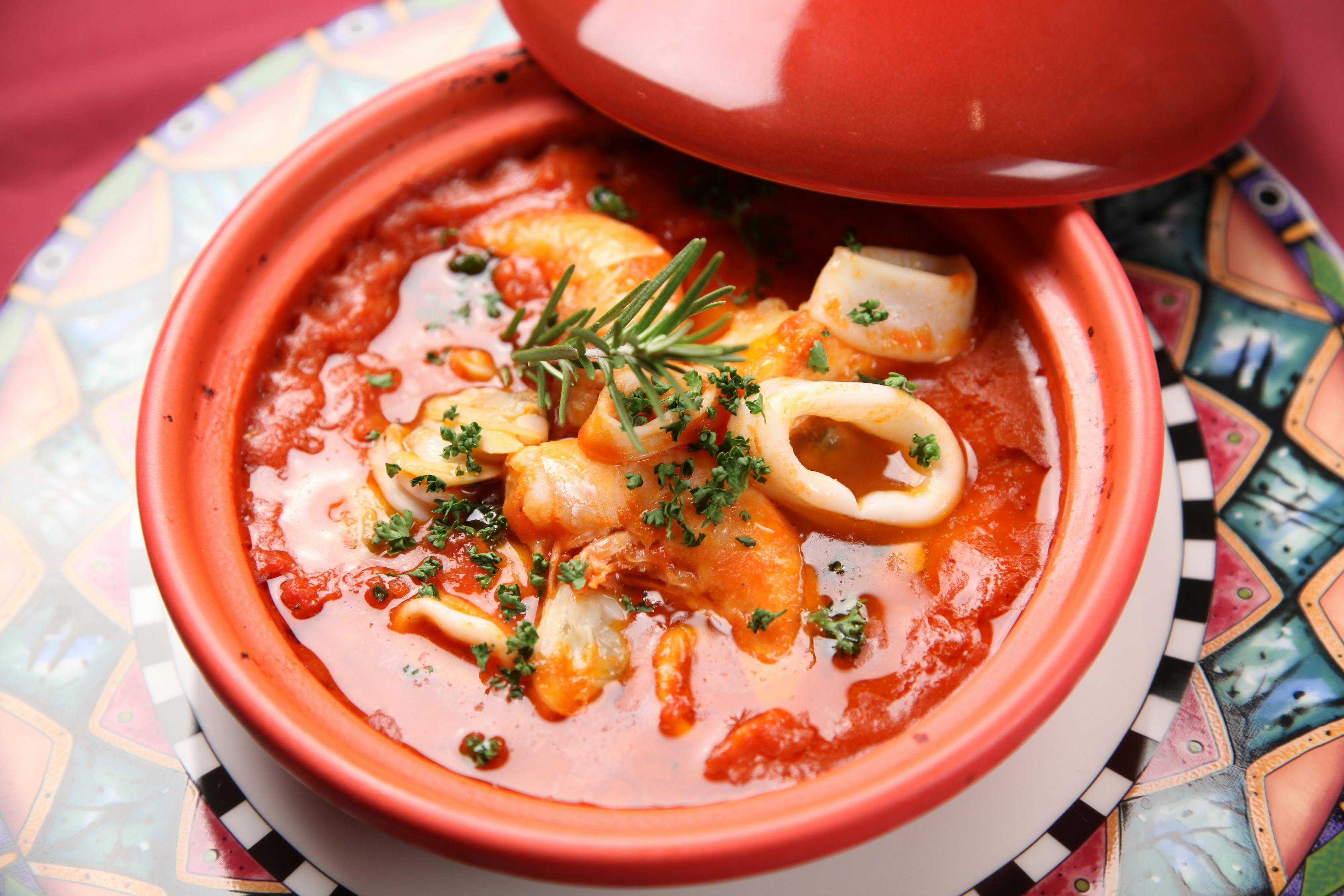
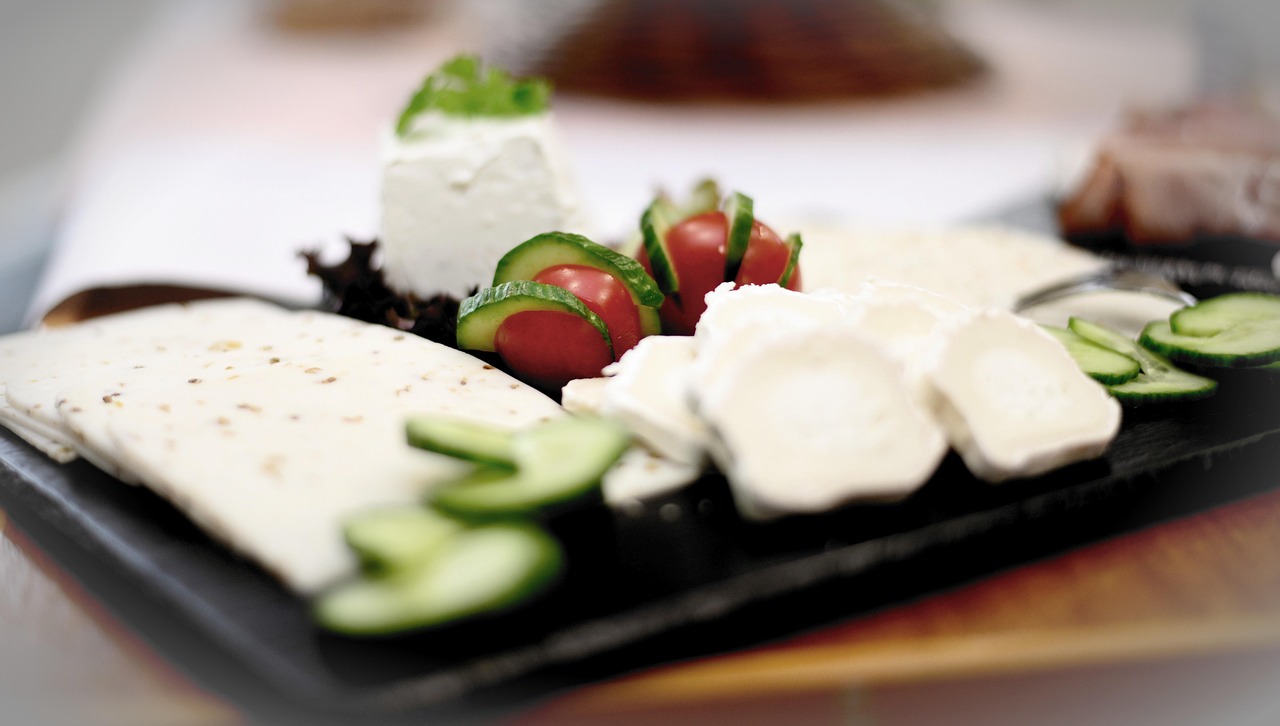
 京公网安备11000000000001号
京公网安备11000000000001号 闽ICP备2023004937号-3
闽ICP备2023004937号-3